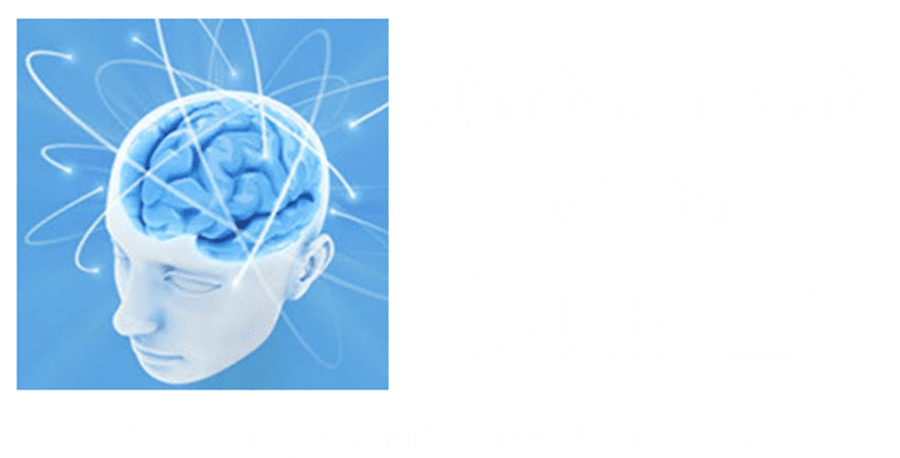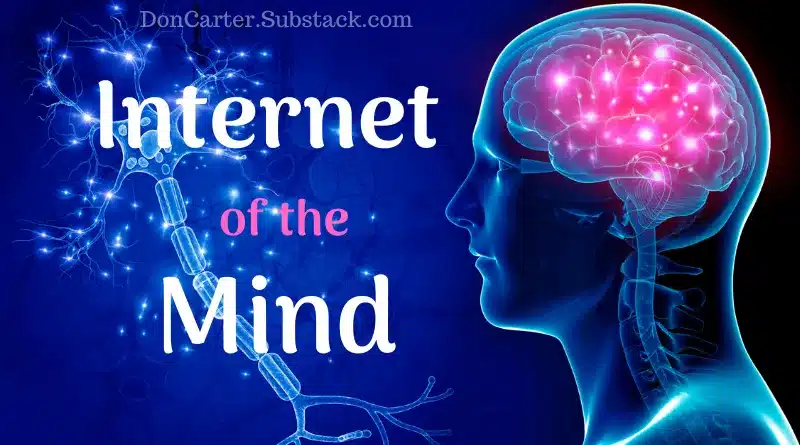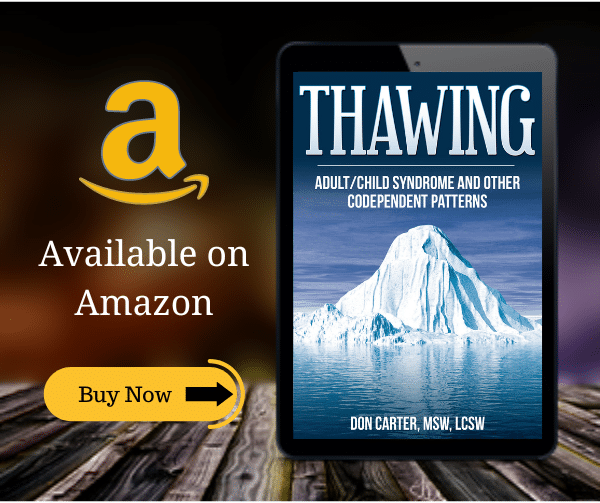
Perception vs. Reality Presentation
Perception vs reality is explained in this PowerPoint presentation on how we make our personal map of reality through subconscious processes. Human beings are meaning-makers and information processors. We are compelled to make sense of the world around us.
To begin the presentation, click the arrow at the lower left corner of the viewer below…Mouseover to the bottom to pause and play. You can even zoom to full screen by clicking the button in the lower RIGHT corner.
Perception vs Reality – Summarized…
- Input -The subconscious mind processes sensory data at the rate of approximately forty thousand bits per second! (Sensory data = hear, see, feel, smell, and taste data)
- Even more incredibly – The subconscious mind must first sift through an average of approximately two million bits of available data – per second – to select “important” data and screen-out “unimportant” bits of data.
- “Important Data” is defined as anything that supports what I have already experienced and “made sense of” – My Maps of the World. These “cognitive maps” are neural networks that include my values, my strongly-held beliefs, my past experience (processed memories), how to do things (programs), and my survival needs.
- The Reticular Activating System (RAS), a “doorman” for the subconscious mind, uses three processes to screen out unwanted data — Generalization, Deletion, and Distortion. The RAS is a key factor involved in perception vs reality by allowing in only data that supports my current maps which strengthen and reinforce those maps. (Biased Data)
- Output – Our cognitive maps are broadcast out into the world subconsciously through non-verbal para-messages (sensory data). Our “output” is now available for input and processing by others in our world through the process described above.
- This input/output processing is responsible for recurring themes in our lives — i.e., Perception vs. Reality. For example, this is how a codependent finds herself involved with one dysfunctional partner after another. The cognitive maps for a codependent are subconsciously compatible with the cognitive maps of alcoholics, addicts, and other dysfunctional people.
- Only through conscious effort can I challenge and change cognitive maps that limit me or hold me back from what I want – in other words, awareness of limiting cognitive maps is the first major key to changing them.





